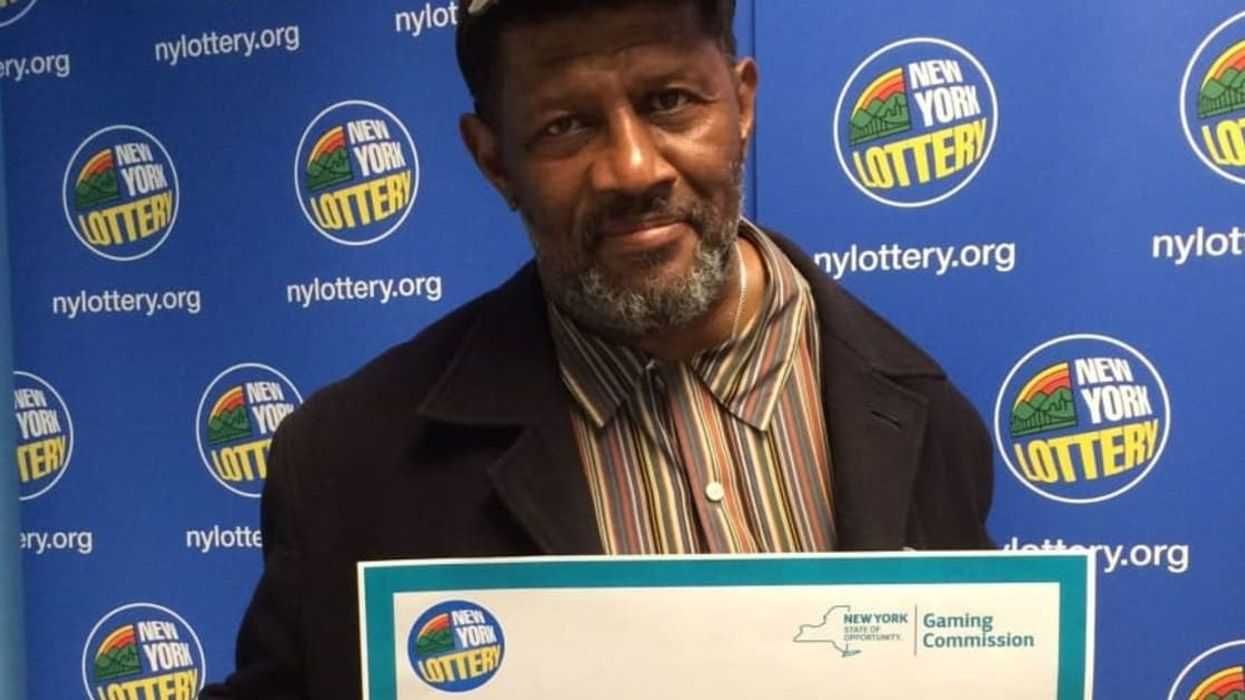So many questions in education are both vexing and exciting. Some of these emerge from efforts to construct authentic partnerships between public and private schools and their constituents. As a private school leader and a public school parent, I am concerned about the assumptions that often govern such partnerships between students, teachers, parents, and leaders in the public and private sectors—assumptions that, in many cases, strengthen misconceptions each of us have about "the other."
The problem starts with unchallenged conclusions that we in private schools, despite our best intentions, often draw—about our entitlements to resources, and about the effectiveness of our learning models. Add to that a dash of the intellectual and moral self-righteousness that ferments in a pot of unexamined privilege—then season that, in turn, with pandemic misconceptions in our private schools about public schools, their constituents, and their value—and we have an accidental recipe for a toxic soup.
Flavor the concoction with many public school constituents' misconceptions about the qualifications of private school educators, the conscience of private school families, and the value of educational innovation and experimentation in smaller programs unburdened from restrictive policies, and together we can cook up a lovely "Campus Cleanup Day" at the local public school that leaves everyone, public and private, feeling just a little bit dirtier still.
It was in a somewhat less smarmy spirit that I abandoned my commitment to shut up and listen, for a change, at last Saturday's EdCampLA and, instead, tried to give language and design to a proposal to share a few good resources I’ve come across, to learn from other educators' ideas and experiences, and to help seed a set of constructive principles that might guide healthier and more effective public/private school partnerships.
My involvement in various Center for the Future of Elementary Education events, leveraging the support of many private schools to construct collaborative learning opportunities for private and public school educators and parents, has given me a taste of the transformative potential of hypomanic outreach and strategic design to advancing common goals on a broader scale than "partner schools." And my experience working with EdLeader21, a professional learning community for education leaders from public and private schools across the country, has transformed my personal understanding of public education, my professional strategies for private school leadership, and my family’s decisions about the path and purpose of my son's education.
At EdCampLA, however, I wanted to be involved in a discussion about common concerns and common commitments, specifically as they pertain to one-on-one partnerships between the public and private schools down the street from each other. This began with a series of essential questions, such as:
- Can we ensure that we respect what might be honorable—in Maszlow's hierarchy, at least—about a traditional, ‘charitable’ model of private school beneficence, without reinforcing problematic misconceptions about public school needs?
- Can we empower a broader range of constituents—both within each school, and between them—to have a voice in determining needs and outcomes?
- How can we challenge assumptions that private and public schools have about each other, in order to explore and to honor our shared commitments to the education of our children and the vitality of our communities?
As Al Adams writes in his classic "The Public Purpose of Private Schools," "the more collaboration, the more synergy; the more synergy, the more powerful & expansive the outcomes." So what are some constructive guiding principles that might help to shape more engaging, respectful, and reciprocal school partnerships?
There were great reflections and suggestions provided by all the educators who attended—and I fear I’d do them a disservice in an effort to summarize them—but I'll share elements of the session’s design in case it's replicable in your circumstances, as well as some of the session’s resources in case they’re useful to your efforts.
I couldn't have known how serendipitous the demographics of the attendees would be: equal numbers of private school educators, public school educators, and representatives of outside publications and organizations joined the conversation. I asked for someone from the public sector who might be willing to co-facilitate—first, so someone with more experience in the public sector might challenge my design assumptions; and second, so she could support dialogue about about matters I might know nothing about.
Catherine Rhee from the Los Angeles Community College District was willing to improvise with me. During the session, she also offered some great insights about community outreach, leveraging non-profit support, and other initiatives stemming from her involvement with LACCD programs.
All of us began by introducing ourselves and our perspectives on concerns about such partnerships. Then, we offered a sample set of principles from Adams’ essay to induce reflection and conversation. "Focus on the educational arena," Adams suggests, and "involve…students in every way possible." Be sure to "ensure judicious use of resources," and make a point to "design programs as replicable models.”
These principles have helped to shape Curtis' partnership with a public school in Colorado. We'll be facilitating a shared inquiry into educational opportunity and access that will invite our sixth graders to explore education, equity, class and culture together—both virtually in the next few months through online platforms, and directly during a shared ‘capstone’ experience in May.
More locally, in a developing partnership with a public school that's literally down the hill from us in Los Angeles, we are exploring a faculty exchange to serve mutually identified needs in our enrichment programs, by leveraging the strengths and passions of each others’ faculties.
Catherine and I also shared a useful framework (PDF) from Wingspan Partnerships that can be used to help assess current partnerships, or to inspire new initiatives. More than any other single document, Wingspan Partnerships' rubric-like framework of "The Public-Private School Partnership Continuum" has helped me both regret inadvertent contributions I've made to more arrogant initiatives, and honor more constructive principles in the co-design of new initiatives.
They invite us to consider three different paradigms of partnership: Community Service, Service Learning, and Community Engagement—recognizing the inherent values of each model, and/but outlining "different levels of understanding and capacity" cultivated by each paradigm. The model of "Community Engagement" in which, for example, "school leadership places community engagement at center of educational program," and "faculty works with students to design, assess, and redesign effective programs," clearly offers the richest opportunities to honor communities, their constituents, and their needs.
Finally, we had a short "Micro-Smackdown" for participants in the conversation themselves to seed a list of guiding principles that might echo, refine, or supplement those that emerged during our conversation. Participants noted that partnerships should be student-centered and must be ongoing: a continuous relationship between public and private schools is better than one-off events. It's also wise to start small and constantly evolve—and it's critical to share your successes by establishing a replicable model and communicate it to others.
In a short, 45-minute session, we were able begin a great conversation that many of us, in various combinations, will develop—and act on—in the weeks and months to come. Of course, there are already some tremendously exciting movements taking place in broader and more systemic collaborations, consortia, and confabs. But, for the good of all children—in private schools and public schools—we need more of these local partnerships to happen.
Excerpted from a post at Chris.Thinnes.Me
Group of people holding hands in a circle image via Shutterstock
















 Otis knew before they did.
Otis knew before they did.